Severe Bolivian drought hurts crops, threatens capital
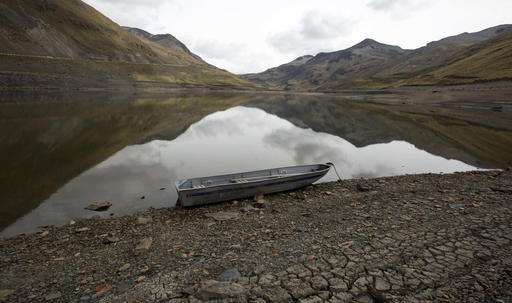
Last year, the flowering quinoa plants painted Florencio Tola's farmlands in vibrant sepia and ochre tones.
But this season, all that could be seen was the straw color of dried-out stalks that never germinated amid Bolivia's worst drought in 30 years. Nearby a collection of scrawny cows, with their ribs protruding and flaccid udders, grazed on what little vegetation could be found on the sere ground.
"It's as if I had never sown anything," said Tola, 60, who like thousands of other farmers planted his quinoa in October ahead of the rainy season that usually runs through March.
He and thousands of other farmers in the Bolivian high plains believe they have been hit by a particularly strong weather phenomenon known as El Nino, caused by warming waters in the eastern Pacific Ocean. Crops and livestock were decimated, and reservoirs that supply the capital of La Paz and other cities have dropped to alarming levels. Lake Poopo, Bolivia's second-largest, has dried up entirely.
"The 2015-2016 (El Nino) is one of the strongest in 30 years, although scientists' verdict on its role in the current drought has not been concluded yet," said Dirk Hoffmann, a glacial and climate specialist who directs the Bolivian Mountain Institute, a research and advisory foundation.
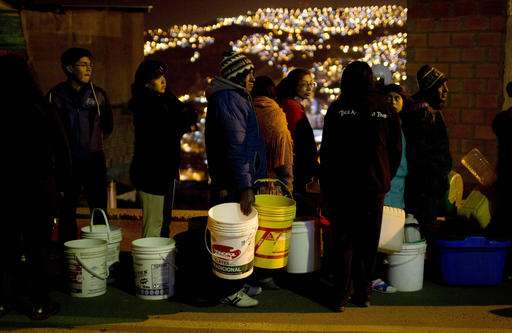
Bolivian President Evo Morales has warned that if the rainy season is delayed further, it could deplete food supply next year. In October he approved a $250 million emergency plan to support those affected by the drought by drilling wells to stave off potential water shortages.
While there have been isolated heavy rains in recent weeks, they haven't yet been enough to compensate for months of drier than usual weather.
Authorities say reservoir levels are at their lowest level ever. According to Humberto Claure, manager of the Social Public Enterprise for Water and Sanitation, even generous rains will not fill up the five dams that serve La Paz, so the emergency is expected to last through the end of 2017.
The city relies on rain for 80 percent of its water, and this season has seen just 10 percent of normal rainfall, according to hydrological scientist Edson Ramirez of the Higher University of San Andres.
In some parts of the capital, water no longer flows through the pipes and people are forced to rely on trucked deliveries. Several weeks ago, La Paz's largest hospital limited surgeries to only the most urgent cases because of low water pressure. Public schools ended the academic cycle early. The popular professional soccer club The Strongest even asked its players to shower at home.
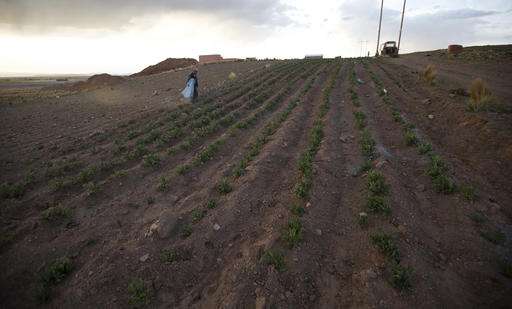
But the drought has hit hardest in the countryside, including the eastern region that is often punished by deluges and flash floods. The Agricultural Chamber of the East reported the loss of nearly 50 percent of production over the South American winter in that part of the country, equivalent to 448,000 tons of soy, corn and wheat.
Although the South American summer has already begun, fields in the Andean region retain the yellowish hue of autumn. In the eastern lowlands, rice paddies dried out before germination due to the drought, which aggravated pest infestations, according to growers. In the central valleys, you can see skeletons of animals that died looking for watering holes.
Farmers' groups say 30 percent of the quinoa crop has been lost to the delayed rains.
Often referred to as the "golden grain of the Andes," quinoa cultivation has helped thousands of farmers climb out of poverty after it became widely popular overseas among organic-oriented consumers during the last decade.
Many in Bolivia turned to the crop as prices rose from $11 per hundredweight in the early 2000s to as high as $259 at the end of 2014.
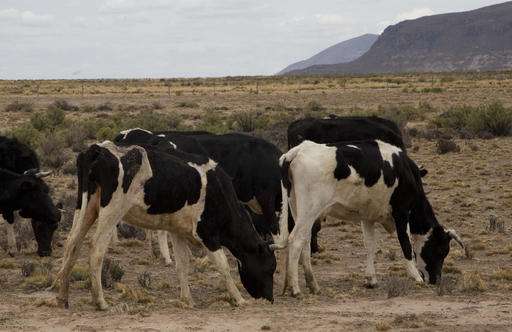
That fell last year to $100 per hundredweight, but the drought remains the worst enemy of farmers like Tola.
This season, nothing has sprouted on his lands in Caracollo, about 110 miles (180 kilometers) east of La Paz.
"As a teen I went to the city of Oruro to make a living because the countryside didn't allow you to live," Tola said. "But I returned to my family when quinoa got better and had a good price. I improved my little home and built more rooms for my children."
In many rural villages, farmers' desperation is so great that Roman Catholic saints have been brought out in processions and offerings have been made to the Pachamama, or Mother Earth of indigenous tradition, beseeching her for the rains to arrive.
"Families are beginning to migrate," said Mayor Jaime Mendieta of Pasorapa, a village in the high valleys of central Bolivia. "You see it in the schools. Children are enrolled in neighboring municipalities where there is water because parents know there will be production there."
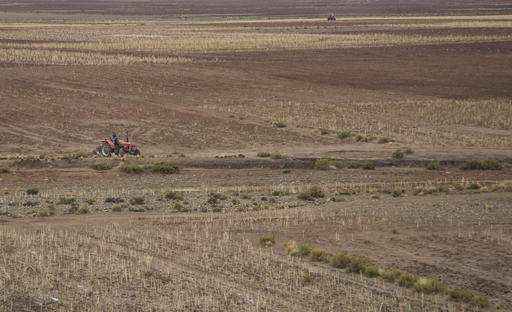
Tola said that if it weren't for his cattle, he would have already joined his eldest son, who left for eastern Bolivia to find work as a day laborer. But he hopes to never again have to abandon his home like he did in his youth.
"I wouldn't want to leave my town again," Tola said.
© 2017 The Associated Press. All rights reserved.




















